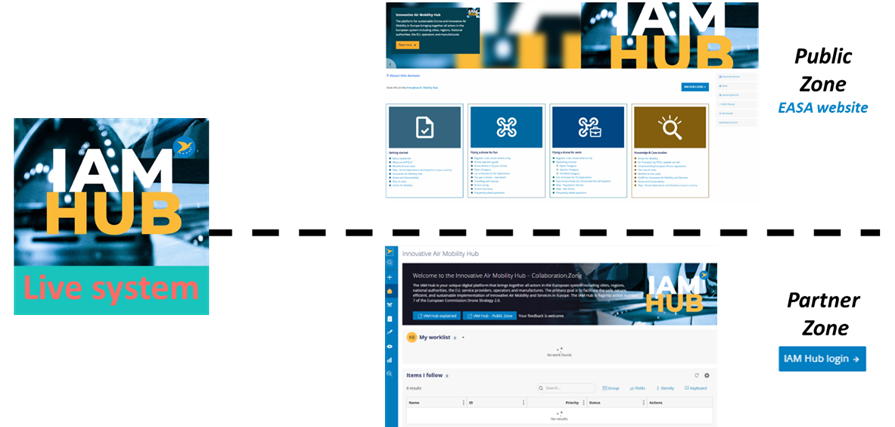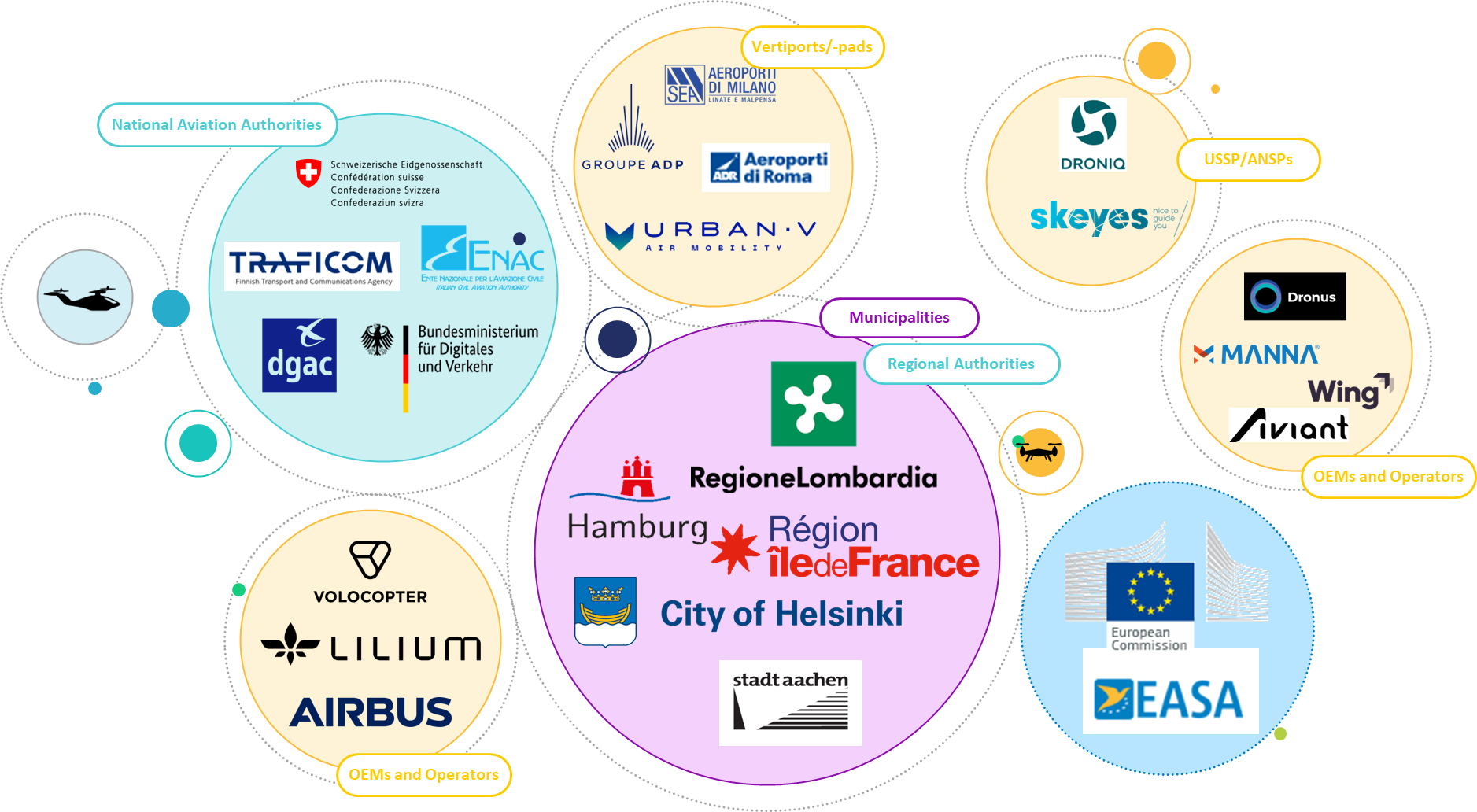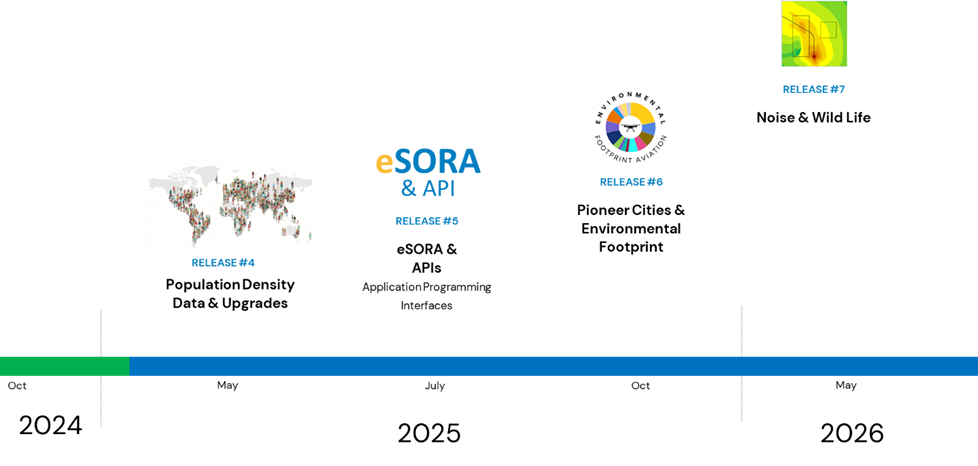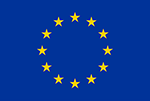 The Sustainable Innovative Air Mobility (IAM) Hub is a unique digital platform that was initiated by the European Parliament and the European Commission as part of the Drone Strategy 2.0 Flagship 7 to address societal concerns and support the implementation of new forms of aviation in a safe and sustainable manner. The IAM Hub aims to facilitate the safe, secure, efficient, and sustainable implementation of innovative air mobility services, such as the operation of drones and electric vertical take-off and landing (eVTOL) vehicles in Europe. This includes innovative services like the inspection of critical infrastructure, medical deliveries as well as transport of passengers by electric aircraft (eVTOLs). The IAM Hub connects various stakeholders in the European system, including cities, regions, national authorities, the EU, operators, and manufacturers, and provides them with comprehensive and up-to-date information, guidelines, and data on IAM-related topics. The IAM Hub also supports the harmonization of EU rules and regulations, the promotion of transparent and robust information on noise and sustainability, and the communication of the benefits and impacts of IAM to the public.
The Sustainable Innovative Air Mobility (IAM) Hub is a unique digital platform that was initiated by the European Parliament and the European Commission as part of the Drone Strategy 2.0 Flagship 7 to address societal concerns and support the implementation of new forms of aviation in a safe and sustainable manner. The IAM Hub aims to facilitate the safe, secure, efficient, and sustainable implementation of innovative air mobility services, such as the operation of drones and electric vertical take-off and landing (eVTOL) vehicles in Europe. This includes innovative services like the inspection of critical infrastructure, medical deliveries as well as transport of passengers by electric aircraft (eVTOLs). The IAM Hub connects various stakeholders in the European system, including cities, regions, national authorities, the EU, operators, and manufacturers, and provides them with comprehensive and up-to-date information, guidelines, and data on IAM-related topics. The IAM Hub also supports the harmonization of EU rules and regulations, the promotion of transparent and robust information on noise and sustainability, and the communication of the benefits and impacts of IAM to the public.
The IAM Hub consist of a public zone integrated in the EASA website and a partner zone, which requires registration and log-in. The partner zone is currently only accessible to Member States, drone manufacturers and IAM Hub Task Force members.

The public zone of the IAM Hub currently includes the following modules:
- Drone and eVTOL Design: The IAM Hub serves as the single source of information for all drones and electric vertical take-off and landing (eVTOL) vehicles designed for European operations including the open, specific and certified category.
- Rules and Regulations: Access up-to-date rules and regulations governing IAM practices. Easy access rules U-space
- Drones & Innovative Air Mobility Landscape: A repository of essential knowledge, best practice, and insights on key topics relevant for societal acceptance.
- Benefits
- The role of cities
- Guidance on how to handle privacy concerns
- A standardised methodology to assess the environmental impacts of drones: Environmental Footprint Aviation (EFA)
- Operational Information:
- How to operate a drone for fun
- How to operate a drone for work
- Geographical Data: Comprehensive geographical data supporting drone and eVTOL operations in Europe including statistical information, population density data, geographical zones.
The partner zone includes the following capabilities
- Drone registration for operational authorisations by Member States and inclusion in the EASA public list of drones for EU operations
- Operational declarations on standard scenarios (currently limited to test users and Task Force Members)
- Multi-governance system for exchange of information between partners
- Critical Area Calculator to support SORA risk assessments
To develop the platform EASA created a dedicated IAM Hub Task Force, composed of key participants from all corners of the European IAM ecosystem. These stakeholders represent a diverse range of expertise, ensuring comprehensive coverage of the IAM landscape in Europe. The Task Force is organised around cities and regions and includes also operators, manufactures and national aviation authorities:

These stakeholders helped to define the objectives, architecture and functionalities of the IAM Hub.
The IAM Hub is developed in two phases. The current second phase was launched in October 2024 and lasts for two years.
Upcoming capabilities of the system are
- EU-wide population density data
- eSORA for harmonized applications for operational authorisations
- Functionalities for Pioneer Cities
- Expanded functionalities for noise and environmental footprint

 This project has received funding from a Contribution Agreement
This project has received funding from a Contribution Agreement
with the European Commission.
Any feedback?
Your feedback is welcome to this page and other IAM Hub deliverables.